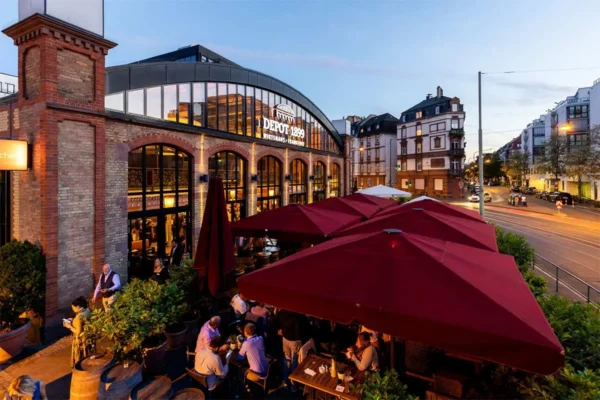Playing upon an overall theme of “the living ocean and coast” and with a focus on diversity of resources and sustainable development, the 2012 World Expo features many environmentally innovative pavilions.
Until three years ago, host city Yeosu, South Korea, was a relatively quiet seaside fishing community located along the southeastern coast of the Korean Peninsula. But now it is host to some of the world’s most innovative buildings intended to maximize environmental sustainability. Designed by employees of Samoo Architects & Engineers of South Korea, the host Korea Pavilion cost nearly $20 million to build and has no carbon footprint. Because the site uses solar panels, hydrogen fuel cells and geothermal energy, it actually removes more carbon dioxide from the environment than it creates.
And the nearby Theme Pavilion was built upon a series of piers using low-tech construction methods and contains gill-like pieces of fiberglass that open and close as needed to control natural ventilation and shade. Rooftop solar panels and a new seawater heating-exchange system supply about 80 percent of the structure’s energy while enhancing the ability to keep the site cool without traditional air conditioning.
The Theme Pavilion was constructed based on a theme of “coexistence of the ocean and humanity” and features exhibits and displays demonstrating the tightly knit relationship between the life-giving oceans and humans who have existed off theits’ bounties since man first formed primitive societies. The second floor of the Theme Pavilion illustrates innovations in technology and sustainable policies in the “Ocean and Coast Best Practice Area.”
Several sub-theme pavilions also demonstrate various aspects of the 2012 World Expo’s main theme. A Climate and Environment Pavilion allows visitors to experience the extremes between the northern and southern poles and learn how oceans affect the environment. The Marine Civilization Pavilion traces mankind’s history and use of the oceans while the Marine City Pavilion allows visitors to get a glimpse of the future for life and civilization along the oceans. A Marine Life Pavilion aquarium gives visitors the feeling they are traveling undersea aboard a submarine while viewing aquatic life.
Unlike many of the structures erected for the 2012 World Expo, the Korea Pavilion and Theme Pavilion are designed to remain long after the expo has ended. Because the city was a mostly underdeveloped community three years ago, much of the construction and support infrastructure for the Korea Expo will remain, including many of the exhibit buildings and roads built to reach them.
More than 10 million visitors will likely attend the 2012 World Expo during its run from May 12 through Aug. 12. About 400 arts and cultural programs are scheduled during the 2012 World Expo’s 93-day run, including about 90 performances each day. Several of the 22 modern buildings erected for the event will remain long afterward, including buildings erected to house exposition workers that will become family housing units after the expo.
Related Content:
USA Pavilion features ‘Diversity, Wonder and Solutions’ along U.S. coasts































